| Fast Load Version |  S P E C I A L T R A V E
L R E P O R T S P E C I A L T R A V E
L R E P O R T |
|
Jump All photos by the author. |
Ergo-tography Everybody's
a photographer / everybody's a model. Single
lens reflex cameras have been accepted by the great majority
of photographers as being the quickest (By the way, get a fast card for your dSLR. The 1.0GB solid state CF card of choice on this trip was the SanDisk EXtreme you may have read about. Fast camera operation was enhanced to a notable degree with this puppy in all of our cameras over older cards.)  Do children's feet ever actually touch the ground? Olympus E-1. Canon's Digital Rebel shows that a basic dSLR with high picture power doesn't have to include some features (multiple custom registers, one-button manual white balance, high capacity continuous frames, multiple self-timer settings, synch plugs for studio strobes, detailed setup finesses, etc.) that the pros can't live without. This camera was designed by Seiichi Omino who specifically placed its controls into less experienced hands without subtracting useful, often brilliant, features one can grow into. 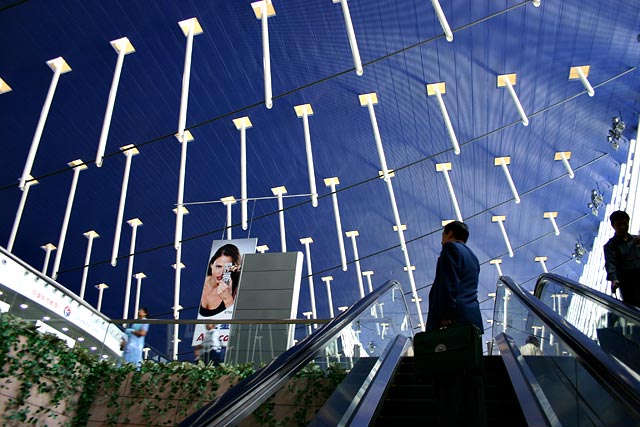 Airport ceiling. Canon 300D with Kit Lens full wide. Digital Rebel photography is not point-and-shoot. It's viewframeclick all run together when needed and compose / decide / refine / expose when time is on your side. As a first digital camera, you would need six weeks of experience with it before hauling it off to Kenya, but if you have plenty of digital compact camera experience AND SLR experience, your learning curve comes down to about two weeks. 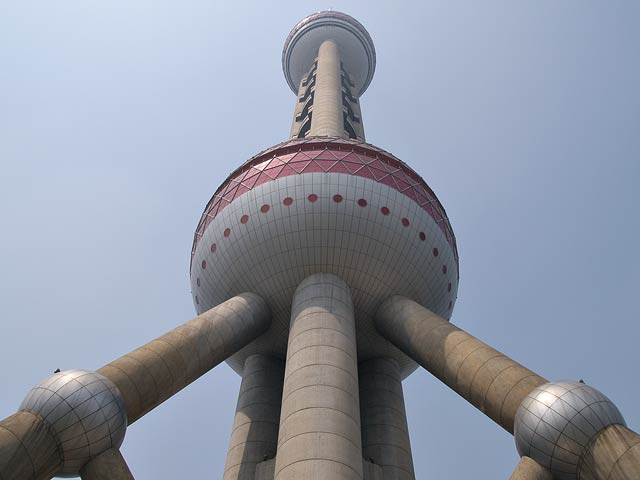 Shanghai impossible building. Television tower / observation platform / exhibition hall / science fiction prop, etc. It looks like a special effect even when you stand there and see it with your own eyes. Olympus E-1. If true professional photography is your domain, then look upward from the DR in the Canon line or hunt for the Olympus E-1. It's professional features made it more preferred in my hands when the shooting got thick. Lenses are faster, better built and easier to manually focus. No lens or exposure "issues" came up. Auto-focus is faster. Menu ergonomics offer speed and variety. External controls were more direct and quick to participate in acquiring options and the whole camera feels solid to the max. As noted before, its 3:4 aspect image fits the professional cropping practices better than the 2:3 aspect original frames from 35mm dSLR adaptations. If you can front the bread and have no particular backlog of lenses to recycle, this may be the better choice. 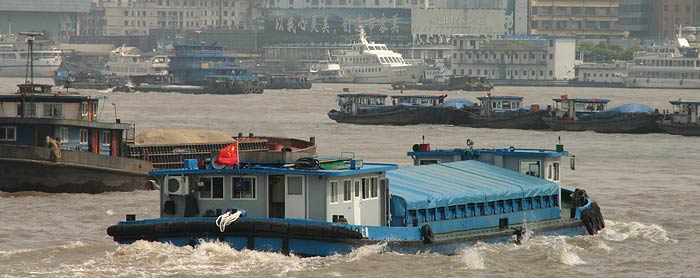 Shanghai boat jam. Canon 300D / Sigma zoom at 200mm. The elephant in the kitchen that was not aboard this trip is the Nikon D70. They had review unit problems (they're selling them too fast and the warehouse was depleted, they say) so the camera simply didn't make it in time to travel. 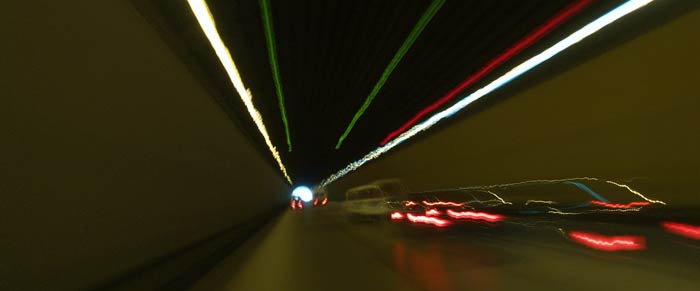 Tunnel from Badaling. Olympus E-1 with intentionally long shutter time. From every corner, this camera stands out as a step up from the Canon DR--and costs 30% more, too, for the basic rig. That's the better direction to go if your equipment locker is already full of Nikkor lenses. The dSLR experience with the D70 lifts the bar somewhere upward of the DR giving you unlimited motor drive sequence capture (using that fast SanDisk CF card) with full size frames when Normal compression is selected. With either base-level dSLR you will potentially enjoy a whole new order of magnitude of image gathering and digital photographic satisfaction.  Shanghai shopping center. Canon 300D with Kit Lens at 18 mm. Running around with a heavy dSLR rig involves a commitment to physical volume and weight that enthusiast cameras don't impose. Pocket cameras are crawling into the same pixel realms that professional cameras enjoy, so it isn't a pixel race any more.  So long. Olympus E-1. Until this year, the entry price to the dSLR experience was simply too high, and serviced a professional market that could justify the fee as a capital expenditure. Now the trend is clear: Professional, Enthusiast and Consumer markets are becoming defined by the sort of physics the photographer needs and will endure. If you want light weight and pocket carry, don't even think about a dSLR. But if you want to see the world through fast acting eyes, the options for you have just opened up wide indeed. -iNova
All rights reserved. Do not reprint. Do not link to images. Reprinting except for newsworthy mention and brief quotes are by permission only |
 Winner Page 4 of 4
Winner Page 4 of 4  Enthusiastic Images
Enthusiastic Images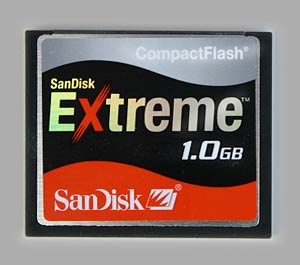 to
point and acquire an image, the easiest to understand for framing
and focus and the most desirable in terms of direct viewfinding
through interchangeable optics. They bring an undeniable confidence
that What You See Is What You Get, so professionals have embraced
them almost exclusively and enthusiast photographers have followed
suit.
to
point and acquire an image, the easiest to understand for framing
and focus and the most desirable in terms of direct viewfinding
through interchangeable optics. They bring an undeniable confidence
that What You See Is What You Get, so professionals have embraced
them almost exclusively and enthusiast photographers have followed
suit.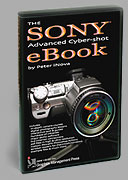
 Get
the eBooks
Get
the eBooks